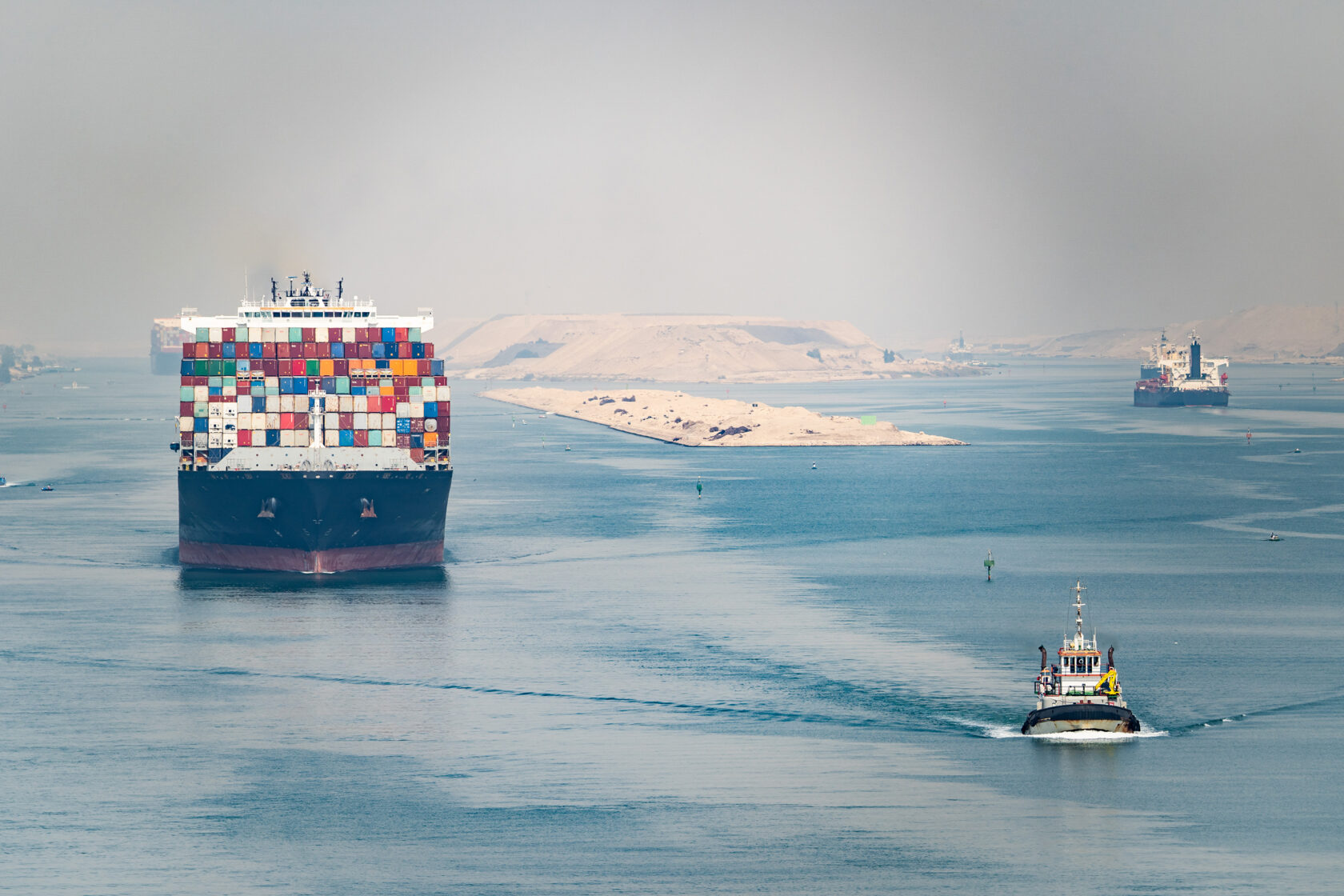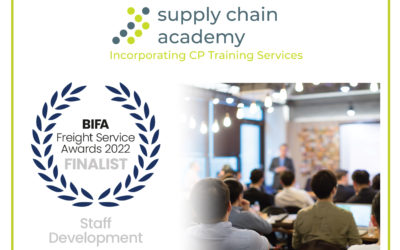Red Sea Disruption Update

One of the world’s most used waterways has been the focus of media attention for weeks following the disruption to major shipping lines.
Houthi rebels from Yemen are currently conducting attacks on commercial vessels in the Bab al-Mandab Strait. This area serves as the entry and exit to the Red Sea which leads to the Suez Canal – one of the busiest canals for shipping, connecting Europe with Asia.
In recent weeks, the Houthi rebels have escalated their attacks with targeted drone and rocket strikes on commercial vessels and even managed to board and seize a cargo ship from a helicopter.
As a result of the situation, all major shipping lines have suspended and diverted trade from the Red Sea.
The current situation
With more than 30% of global containerised traffic moving through the Suez Canal via the Red Sea, the unavoidable decision to re-route commercial vessels via the Cape of Good Hope, in South Africa, has ultimately had a profound impact on supply chains to and from Asia.
Since opening in 1869, Suez Canal has undergone expansion works to widen and deepen, ensuring it’s fit to meet the demands of an ever-changing shipping world. When fully operational, the Canal boasts an average of 70 passages each day, generates $8.8bn, transports $1tn worth of goods annually and stands as Egypt’s second-largest economic resource, constituting 10% of the country’s GDP.
As the situation continues to unfold, it’s too early to ascertain the full level of impact but due to a rise in ocean freight rates, there could be knock-on effects with rises in fuel and food prices.
What does it mean for supply chains?
All major carriers have rerouted their vessels via the Cape of Good Hope, in South Africa, but this increases transit times by approximately 10-14 days. It also adds an additional 3,000 nautical miles to the journey from Asia, meaning additional fuel usage, cost and added pressure on the services being operated. These all majorly impact supply chains; adding a 3-4 week transit time on total round-trip voyages effectively removes approximately 25% of capacity and would also mean that equipment shortages will become a big issue again.
The situation remains fluid and subject to ongoing evaluations by individual carriers. Following the critical decision to reroute vessels around the Cape of Good Hope, carriers are continuously monitoring the situation. Only a handful of ships are passing through the Suez Canal, with more than 300 opting to navigate around the tip of South Africa.
What are the expected impacts on trade, rates and equipment?
As the disruption and rerouting continues, we outline the key expected impacts on the market and ocean freight.
- Many trade routes that rely on the Red Sea as a crucial passage connecting Europe with Asia have been impacted by the disruption.
- The current schedule delays between Europe and Asia will have significant impacts on the trade between the continents, with gaps and port omissions expected in the coming weeks.
- Space supply will be impacted as the longer transit times are expected to absorb 20% of global capacity.
- Rates are expected to increase in relation to the longer distances travelled by carriers operating, higher bunker consumption and reduced capacity.
- Supply chain issues are likely due to the extended transit times of equipment, impacting the return supply of equipment to Asia and anticipated delays in arrivals.
- Higher tariffs exceeding free time is likely to be implemented to ensure equipment moves as fast as possible to origin countries.
What supply chain resolutions do we have?
During this period of uncertainty, it’s vital we enable the flow of international trade to continue and have looked at a range of options to assist in easing the impact on the whole supply chain.
At The Supply Chain Academy, we have a range of consultancy services that will help your business optimise its supply chain offering and analyse how you can best navigate the ongoing situation.
Our supply chain consultancy services.
We work with clients to help them achieve high performance through their supply chain. We’ll collaborate with you to study your business and see how we can optimise resource and remove hidden costs.
Our services include:
- Supply Chain Strategy: designing and translating the company objectives into realistic supply chain strategies to achieve high performance and results
- Supply Chain Operating Model: architecting a supply chain model for your company that is efficient and able to adapt, move quickly and flexibly
- Supply Chain Value and Optimisation: unlocking value in your supply chain processes and service operations through a transformation journey identifying the critical path to value
- Digital Supply Chain: leveraging the opportunities of digital disruption and helping your business transform from old ways of working into modern, digital supply chain networks
For more, information or to get in touch with us, visit: supplychainacademy.org.uk/quotes-2022/
Follow Us:
Download this article as a pdf
Supply Chain Degree Apprenticeship
Innovative Masters level apprenticeship launched for Supply Chain Leaders
New innovative Masters level PgDip/MBA (Supply Chain) apprenticeship unveiled for supply chain leaders A new and innovative degree apprenticeship for supply chain leaders has been launched by the Uniserve Group in partnership with the University of Suffolk. The Group,...
Supply Chain Academy Announced as Finalists for BIFA Staff Development Award
Supply Chain Academy (SCA) in partnership with CP Training (CPT), received the news that they have been shortlisted as finalists for a BIFA (British International Freight Association) award. The nomination that sees partners SCA and CPT shortlisted in the ‘Staff...
Thought Leadership Event: What does a ‘Mature’ Sustainable Supply Chain look like?
This event is brought to you by our sister company, the Supply Chain Academy and Sustainable X – An engaging and interactive learning and networking experience. About this eventThe topic of sustainability for businesses and the world at large isn’t going away. If...



